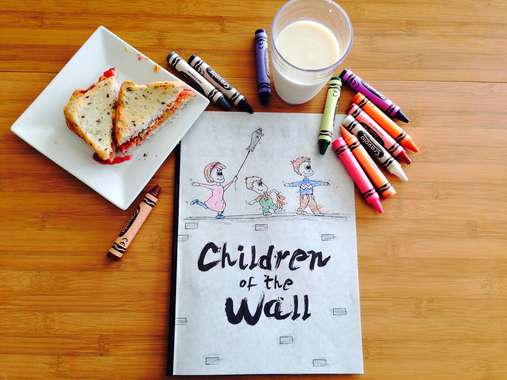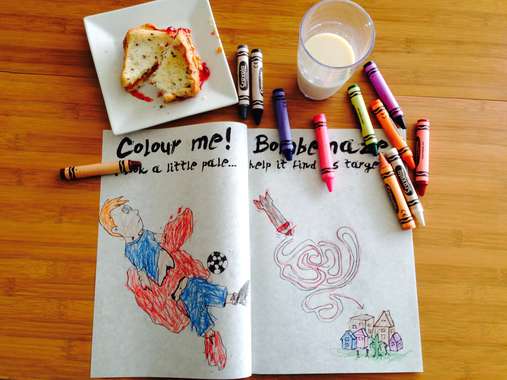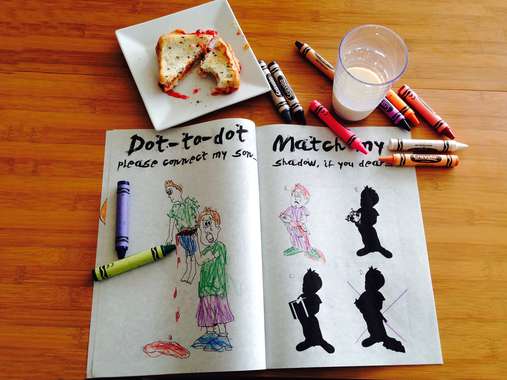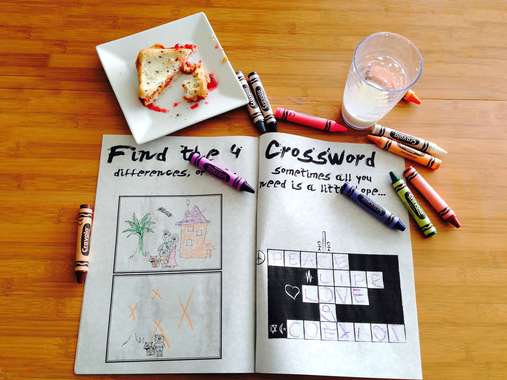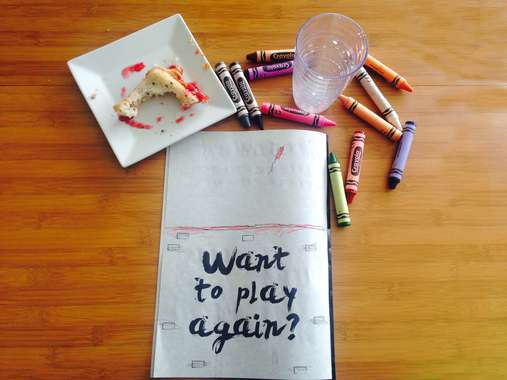Children of the Wall
by Karianne_Eeg
This work has not been commented by curators.
Title
Children of the Wall
Headline
Children of the Wall
Concept author(s)
Karianne Eeg Pedersen
Concept author year(s) of birth
29.12.1990
Concept author(s) contribution
Author and designer
Concept author(s) Country
Australia
Friendly Competition
Radical intimacies: dialogue in our times (2014)
Competition category
Visual communication practice
Competition subcategory
static
Competition field
academic
Competition subfield
student
Subfield description
RMIT University
Check out the Radical intimacies: dialogue in our times 2014 outlines of Memefest Friendly competition.
Description of idea
Describe your idea and concept of your work in relation to the festival outlines:
Dialog has always been crucial no matter where you are in the world, both in small communities, between nations, personal and professional. When we speak of dialog that’s failing (especially in 2014) it’s difficult not to bring up the Gaza war and the lack of dialog. It has caused death and suffering on and off for over half a century. ‘Children of the Wall’ is a response to the young civilian lives that have been lost or damaged on both sides. It’s a neutral response, it does not take sides with the Palestine or the Israelis. ‘Children of the Wall’ focuses all it’s energy on the innocent, young lives that have been, or that still are, suffering from the lack of dialog on either side of the wall.
What kind of communication approach do you use?
My best childhood memories often include a colouring book, and is (in my opinion) one of the most innocent things you can do as a child. It has great educational benefits, is a great tool for early development, and is simply letting children be children. They get to be creative, imaginative and explore with colorful crayons. When this innocent and vital time in personal development is replaced with death, suffering and desperation, it’s more than just soldiers that get damaged. Therefore, I chose ‘Children of the Wall’ to be a colouring book with popular educational activities with a brutal twist. The illustrations follow the same childlike lines, it looks like colouring books you’d find in toy sections of stores, but is striped from its innocents. The font is aggressive, and symbolises both blood spilt and the street art used on both sides of the wall. You find parents holding dead children with missing limbs, children dead in the streets - torn apart. A labyrinth, where you need to find the right path for a bomb to hit its target, and two family photos where you need to find what/whom is missing in one of them. The last page has a crossword with simple graphics. In contrast to the horrifying images on the previous pages, you now need to find positive words. This can be difficult in the mindset caused by the previous images. This mindset is representative of what children of war are usually experiencing post-war.
What are in your opinion concrete benefits to the society because of your communication?
My aim for this colouring book is to try to reach out to parents, to provoke them with the idea and the illustrations clearly aimed at their children. There is plenty of media coverage around the world when a war is at its peak, but in the aftermath it will be as if it never happened. We go back to our lives, we forget the gruesome photos haunting the news and social media.
I hope to create more awareness around young lives destroyed by war. Hopefully the benefit of more awareness will lead to more help, funding and a focus on the children in the time that follows and years to come. It is likely they will never have a normal life per say, but if we are able to help, if only a little, why shouldn’t we?
What did you personally learn from creating your submitted work?
This started as a media analyst project where I looked at how different media platforms used information and how the public participated in propaganda without always knowing it. Further into the project I began to look past the media component and realised that the media coverage was fading and temporary. After being emotionally affected by images and conversations with people about friends in Gaza, I corrected my focus to the children affected in this area (on both sides), not only in this war but past and future ones. They will always be the most innocent victims of war, if the world around them do not have sympathy for them, who will? I have learned how many images of children/babes with missing limbs and big flesh wounds I can take before I need fresh air. I have learned how much, or how little the people around me care about the topic. I have never been so sure of my decision to go into visual communication design, and in particular social design.
Why is your work, GOOD communication WORK?
I believe my work is good communication work because it provokes and challenges; maybe even surprises you turning that first page. Something that should be meant for small children is now something you would not show them before they have turned the legal age. The booklet is doing its job when it stirs emotions in people looking at it, either if it is anger towards the designer (me) or towards the people causing this to children.
Where and how do you intent do implement your work?
First of all I intent to place the coloring booklet around the CBD and suburbs of Melbourne, Australia. In parks, playgrounds and waiting rooms, with a little help from friends. I will also post it on social media and analyze the feedback I get. I will also see if I can extend the project and take it to an organization that might benefit from it.
Did your intervention had an effect on other Media. If yes, describe the effect? (Has other media reported on it- how? Were you able to change other media with your work- how?)
It is not yet published.

